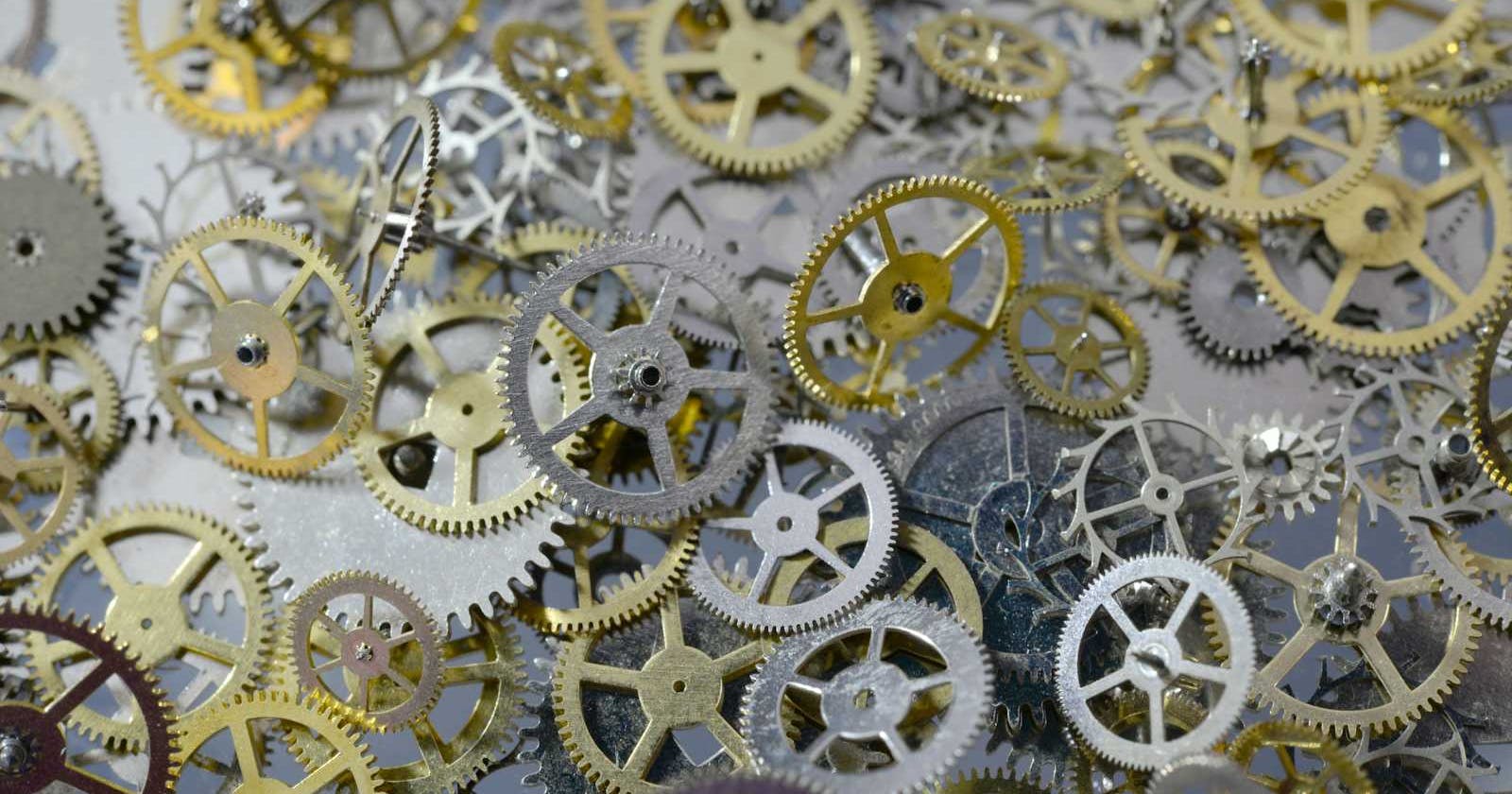
Photo by Laura Ockel on Unsplash
From Date Strings to Timestamps in a Snap: JavaScript's Best-Kept Secret Revealed!
As Javascript developers, we often need to deal with dates and times. Working with dates and times in JavaScript can sometimes be dramatic. On some days we wrestle so hard to convert Javascript Dates to TImestamp only to find ourselves entangled in a web of milliseconds and epoch times. While handling date and time data is not difficult, it may be time-consuming and error-prone.
In this article, we'll explore a timestamp, how to convert a date or date string to timestamps using Javascript's provided Date methods, and the benefits of converting dates to timestamps.
What does a timestamp mean in Javascript?
Before converting our dates into timestamps, let us take a moment to grasp what we are working with.
JavaScript
Dateobjects represent a single moment in time in a platform-independent format.Dateobjects encapsulate an integral number that represents milliseconds since the midnight at the beginning of January 1, 1970, UTC (the epoch).-MDN
A timestamp is a sequence of characters or encoded information identifying when a certain event occurred, usually giving date and time of day, sometimes accurate to a small fraction of a second.
-Wikipedia
In simpler terms, a Javascript Date object represents a single moment in time while a Timestamp is a numeric representation of a date.
Timestamps are a more universal way of storing date and time information. They are also timezone-agnostic, which makes working with data from multiple time zones easier.
Now that we understand what we are working with, Let's dive into converting dates to timestamps.
Use the getTime() method
To convert a date string into a timestamp, we can utilize the getTime() method of a Date instance.
const toTimeStamp = (dateStr) => {
const timeStampDate = new Date(dateStr).getTime();
return timeStampDate;
}
console.log(toTimeStamp("2024/01/15 18:21:20")) //1705342880000
In the toTimeStamp function, we create the Date instance with the Date constructor and then call the getTime() method which returns the timestamp in milliseconds.
To convert the returned timestamp from milliseconds to seconds, we divide the returned timeStampDate by 1000.
const toTimeStamp = (dateStr) => {
const timeStampDate = new Date(dateStr).getTime();
return timeStampDate/1000;
}
console.log(toTimeStamp("2024/01/15 18:21:20")) // 1705342880
Use the Date.parse() method
We can use the Date.parse() method to convert a date string to a timestamp as shown below:
const convertedDate = (dateStr) => {
const timeStampDate = Date.parse(dateStr);
return timeStampDate; //divide by 1000 to get the value in seconds
}
console.log(convertedDate("2024/01/15 18:21:20")) //1705342880000
The convertedDate function calls the Date.parse() Date method with a date string to parse/convert it into a timestamp.
Benefits of converting dates to timestamps
Converting dates to timestamps can be useful in a variety of scenarios. For instance,
Calculating duration and comparing times is much easier and less error-prone when done with Timestamps.
APIs and databases use Timestamps to record when an event occurred.
Timestamps are also useful for carrying out performance tests.
Conclusion
In this article, I have shared ways to convert Javascript Dates to Timestamps with the built-in Date methods. I hope this saves you from the dreaded date hell.
Additional Resources
Borislav Hadzhiev's blog post on date-to-timestamp conversion
